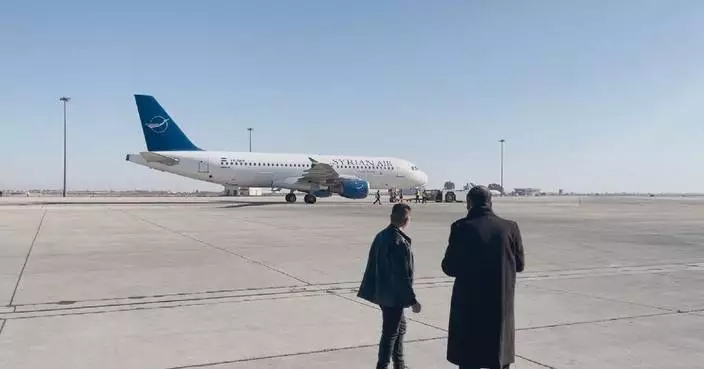China's international aviation market has shown strong recovery this year, with passenger traffic on international routes exceeding 60 million, a year-on-year surge of over 130 percent.
China now operates about 6,000 weekly international flights with the overall international flight connectivity recovering to approximately 88 percent of the levels seen in 2019.
Routes to Africa and Latin America now exceed 2019's levels, while flights to Asia, Europe, and Oceania have recovered to around 80 percent of pre-pandemic levels.
Notably, flights between China and countries participating in the Belt and Road Initiative have seen a remarkable comeback, up 24.2 percentage points from 2023, with these flights accounting for around 70 percent of the overall international flight volume.
"Since this July, the [international flight] recovery rate has consistently exceeded 90 percent for five consecutive months. The strong performance of both domestic and international aviation supports China's efforts to build an export-oriented economy and accelerate the development of an economic model with domestic and international circulations," said Zhong Shan, chief economist at the Institute of Air Transport of the China Academy of Civil Aviation Science and Technology.
The recovery of international flight volume and the expansion of China's visa-free policy have facilitated foreign visitors' travel to China. According to online travel booking platforms, over 10 percent of foreign travelers who booked domestic flights in China have visited the country more than once.
Passport holders from the United States, Russia, Canada, South Korea, and Australia top the list of foreign visitors to China, while those from Malaysia, Japan, and Kazakhstan contribute to the largest increases in booking volumes, more than double the levels in previous years.
On Tuesday, China announced a further relaxation and optimization of its visa-free transit policy, extending the duration of stay for eligible foreigners from the previous 72 and 144 hours to 240 hours, or 10 days. A further 21 ports of entry have been added to the list of eligible transit visa-exemption locations, increasing the total number from 39 to 60.
"Compared with the past, more second-tier cities in China are seeing an influx of foreign visitors. These cities, including Huangshan, Wuyishan, Zhangjiajie, and Sanya, offer seamless connections from the airports to tourist sites. Today, China has become a popular transit hub for foreign tourists, and the visa-free policy has given them more opportunities to explore the country, making China a sought-after destination once again," said Liu Ting, researcher of tourism platform at the Big Data Research Institute of online travel service provider Qunar.

China's international air routes see marked surge in passenger traffic









